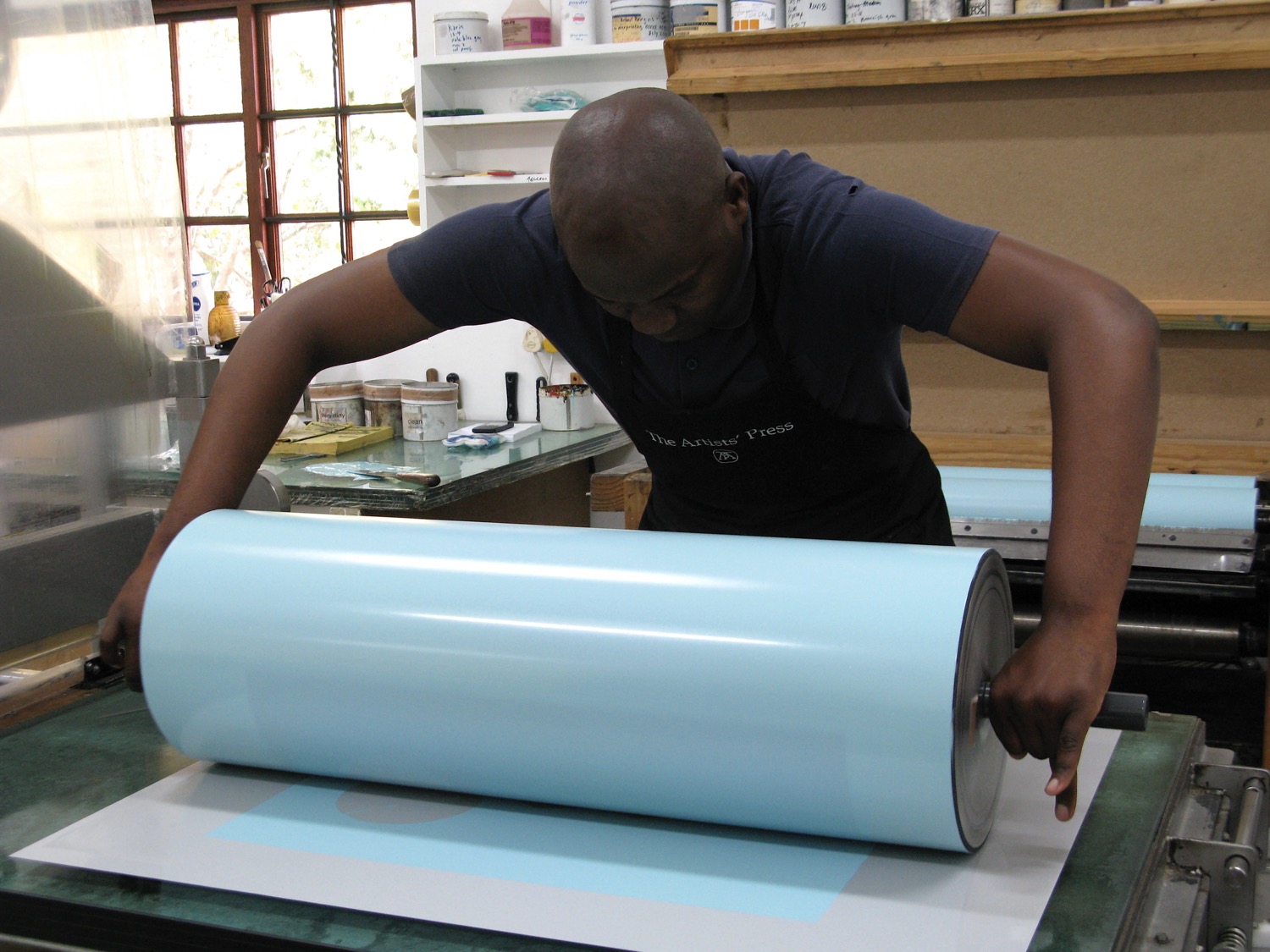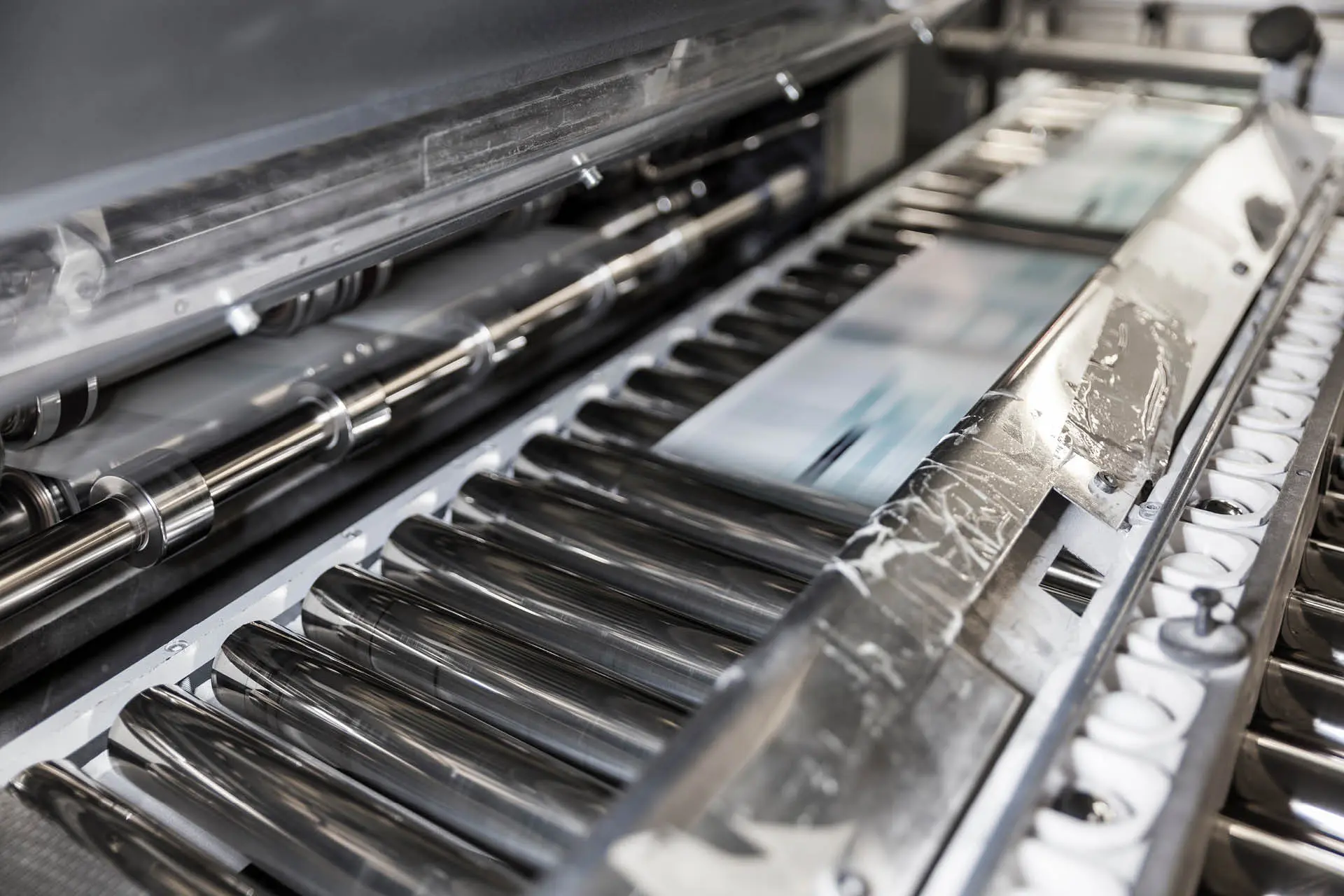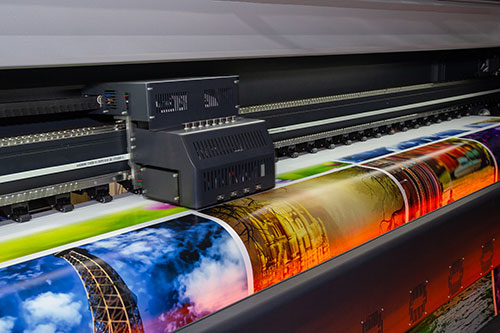A Comprehensive Overview to Recognizing Litho Printing Strategies
The world of litho printing, a technique originating from the late 18th century, is an interesting blend of background, innovation, science and art. Keep with us as we trip right into the captivating realm of litho printing.
The Historic Advancement of Litho Printing
The historic trajectory of litho printing, a crucial technology in the world of interaction, is a captivating story of human ingenuity. Birthed in the late 18th century by Alois Senefelder, this strategy was initially a cost-effective method of publishing theatrical works. Lithography, stemmed from the Greek words for 'stone' and 'to create', made use of a smooth rock surface area to transfer photos onto paper. The process advanced with the advent of the rotating press, which significantly enhanced productivity (litho printing). In the 20th century, the development of balanced out lithography transformed the industry, permitting mass production of premium prints. Each stage of litho printing's development showcases mankind's ruthless pursuit of effectiveness and high quality in visual interaction.
Deciphering the Science Behind Litho Printing Inks
Moving ahead in the exploration of litho printing techniques, the focus now changes to the scientific research behind litho printing inks. The composition of these inks, their drying out process, and shade mixing strategies create the backbone of this complicated art kind. Understanding these elements is important to mastering the craft and accomplishing the preferred print outcomes.
Composition of Litho Inks
In lithographic printing, the essential duty of litho inks can not be overemphasized. The make-up of litho inks varies depending on its purpose, however normally, they include 2 primary components - pigments and lorries. Pigments, the color-providing elements, are carefully ground fragments suspended in the automobile, a fluid that brings the pigment onto the printing surface. The car is an intricate blend of oils, solvents, and materials, which influence the ink's drying out time, adhesion, and gloss. In addition, different ingredients are existing to boost specific buildings like circulation, drying out, and resistance to environmental results. Each element plays a crucial part in the last print's top quality, making the exact solution of litho inks an elaborate science.
Ink Drying Process
From the composition of litho inks, focus turns to the remarkable procedure of ink drying out. Two main methods are used in litho printing: oxidative drying and absorption. Absorption, on the other hand, involves the ink seeping into the paper fibers, which is a much faster process yet can lead to less dynamic colors.
Shade Combining Strategies
While the drying out process plays a vital duty in litho printing, the science of shade mixing strategies holds equal significance. This is a complex process that includes the mindful blending of primary colors: cyan, magenta, and yellow, in varying percentages to achieve a vast selection of colors. The addition of black ink, called 'essential', aids in controling the intensity and depth of the shades. The scientific research behind litho printing inks additionally takes into consideration the openness of the ink, which impacts how colors overlay and mix. To attain an effective shade mix, print professionals have to also recognize the ins and outs of ink actions, shade theory, and the physical residential or commercial properties of the substratum on which the ink is applied.
The Art and Design Aspects in Litho Printing
Litho printing breathes life right into art and layout with its unique elements. Litho printing accommodates a variety of colors, making it possible for artists to produce vibrant and lively prints. This combination of accuracy and adaptability makes litho printing a preferred choice for numerous musicians and designers.
Modern Applications of Litho Printing Methods
Litho printing strategies have located considerable usage in the modern commercial field. Its impact and importance proceed to grow with the advent of brand-new developments and innovations in the field. This section will check out these modern applications and the transformative function they play in the printing industry.
Industrial Litho Printing Makes Use Of
In today's electronic age, one may question about the importance of conventional printing approaches. Litho printing continues to be a critical component of the commercial market. High-volume printing jobs, such as the manufacturing of books, newspapers, and product packaging, rely upon litho printing for its capability to provide premium image high quality and price effectiveness. The procedure, which entails transferring an inked picture from a plate onto a rubber covering and after that to the printing surface area, supplies unmatched consistency. This makes it optimal for work calling for a large print run. Litho printing also offers a wide shade range, exceptional to that of digital printing. This makes it the go-to option for jobs that require lively, high-grade color reproduction.
Innovations in Litho Printing
Pushing the borders of typical strategies, modern advancements have actually fueled a host of advancements in litho printing. These advancements have not just enhanced the high quality and efficiency of litho prints but likewise broadened its application range. One popular development is digital litho printing, which incorporates the merits of digital modern technology with litho's high-grade result. This hybrid model supplies faster configuration times, decreased waste, and enables on-demand printing. An additional significant development is the introduction of eco-friendly inks. These inks, made from veggie or soy-based options, have actually substantially lowered the market's environmental influence. litho printing. Furthermore, the growth of sophisticated plate technology has structured the printing process, causing sharper images and improved color fidelity. These technologies highlight the long-lasting relevance of litho printing in the modern world.
Exploring the Refine of Litho Printing: Detailed

Obstacles and Solutions in Contemporary Litho Printing

Despite the precision and custom that litho printing proudly promotes, it is not without its collection of modern obstacles. Digital litho printing enables for cost-effective brief runs and very easy personalization, resolving the problem of variable data. Thus, while there are challenges, the litho printing market is proactively adapting to fulfill them head-on, guaranteeing its significance in the future.
Final thought
In verdict, litho printing, with its rich history and scientific intricacies, holds a substantial area in the print market. The future of litho printing pivots on its ability to adapt to these altering demands, affirming its enduring value in an advancing market.
